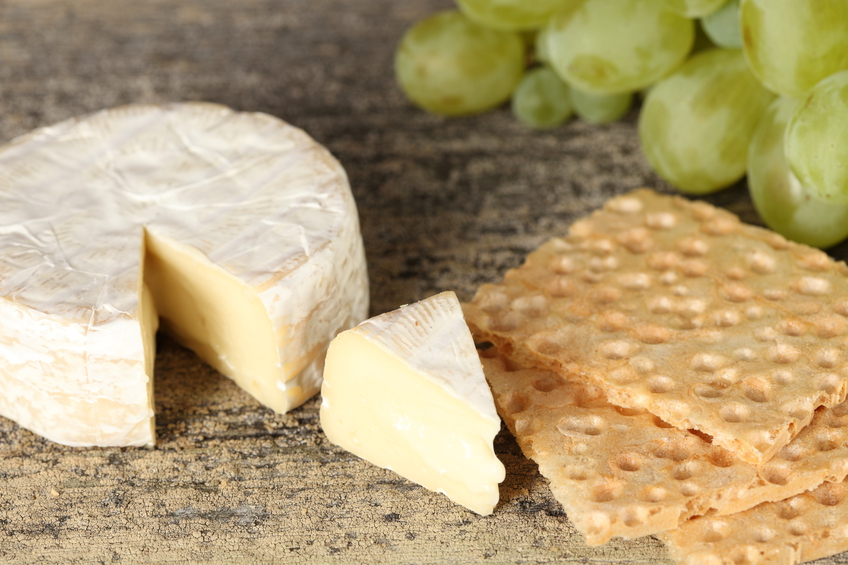Holiday Eating…low-calorie appetizers
Thanksgiving is right around the corner, literally. Every year it comes around the same time…yet we seem to be surprised and unprepared. The plan was to get into better shape and lose a few pounds before the holiday season…right? It’s not just about one particular day or meal… it’s the whole season, which is full of goodies and leftovers. Combine that with less than optimal weather for a majority of the U.S. (discouraging outdoor exercise) and the result is weight gain. Average holiday weight gain is 5 to 10 lbs. It’s no myth! It takes 3,500 calories beyond what your body requires for weight maintenance to gain 1 lb. That might sound like a lot but it’s not…Did you know that a full holiday meal, with appetizers, cocktails, a loaded main plate and dessert can weigh in at over 3,500 calories? Grab a couple of ounces of cheese and a handful of butter crackers and you’re taking in roughly 300 calories. Add two heavy-handed Scotch cocktails and 1/2 cup mixed nuts and you’re looking at up to 800 calories … and you haven’t sat down for that big meal yet. It might be a little late to change the whole meal or put in a special request with your favorite aunt … but you can be proactive. Bring or make low-calorie appetizers and swap out a cocktail for sparkling water with a fruit wedge. You’ll end up taking in fewer calories overall.
Appetizers – Low-calorie suggestions
Remember, appetizers are small ‘bites’ of food that are meant to tide you over until your meal. Of course, you can skip them altogether but you don’t have to do so. Weight-friendly options include, of course, raw veggies/fruits with light dip but will that entice a crowd? Keep in mind that the key to calorie control is portion control. If the flavors are bold and satisfying, you’ll be happy with less. How about grilled shrimp or scallop and cherry tomato skewers or grilled or roasted shiitake mushrooms with a soy dipping sauce? Buy a ready-made soy dipping sauce or create your own with a base of 2 parts (1/2 cup) low-sodium soy sauce to one part (1/4 cup) rice wine vinegar, minced garlic cloves and diced scallions (to your taste), a couple teaspoons of sugar and 1 teaspoon of sesame oil. This easy option offers tons of flavor but fewer than 100 calories per serving. Staying with the seafood theme…thin slices of smoked salmon on a platter topped with diced onion and capers…paired with wheat or rye crackers is healthy and low in calories.
A great crunch alternative to puff pastry is using layers of phyllo dough. It’s easier to work with than you think. You can set the sheets into mini muffin cups and fill them with everything from fruit compote to soft cheeses. Another idea is to whip up a light tasty filling for hollowed out sweet bell peppers made from light cream cheese, onion and chives. If you buy it ‘commercially prepared,’ this type of spread offers about 40 calories per tbsp. but you’ll get a huge burst of color and flavor in one little serving. Remember, they are appetizers…keep the calories ‘mini-sized.’









